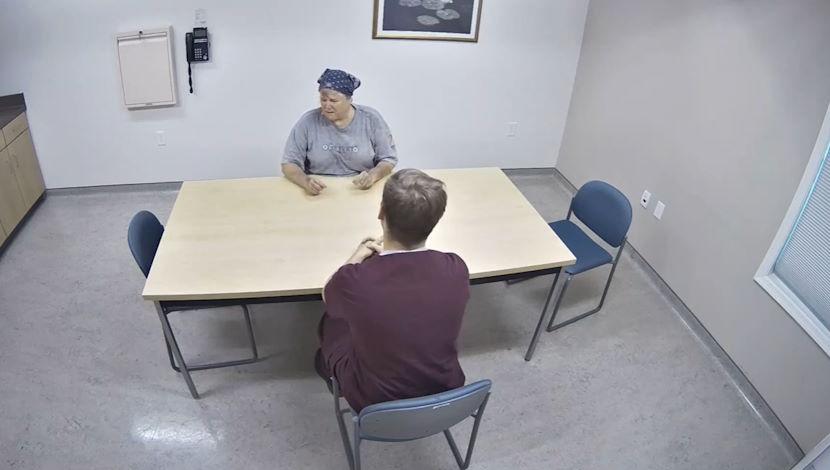Standardized Patient Actors
The term “SP” can refer to a “standardized patient”, “simulated patient”, or “simulated participant”. The Simulation Center has a staff of 15 SPs who are utilized as all of the above. An SP is a methodically trained actor who can portray a patient, family member, or healthcare provider in a realistic and repeatable (standardized) manner. The interactions that SPs have with learners are designed to teach or assess skills appropriate to their level of learning. This type of simulation experience is known as formative simulation, designed to foster ongoing development and feedback. The alternative, summative simulations, focus on measurement of outcomes or achievement of objectives.
The Simulation Center SPs provide fully interactive clinical encounters for learners in the Nursing, Respiratory Therapy, and Social Work programs at the College of Health and Human Services (CHHS) at Salisbury University. Additionally, SPs offer simulation experiences for users outside of CHHS, including participants in the Faculty Academy & Mentorship Initiative of Maryland (FAMI-MD), University of Maryland Eastern Shore (UMES) Physician Assistant students, and Salisbury University Eastern Shore Opioid-Impacted Family Support Program (OIFSP) paraprofessional trainees.
Our SPs are trained to accurately and consistently represent the personalities, emotions, and response patterns of real patients as they discuss their medical histories and describe their physical symptoms in simulated scenarios. They can present as patients or clients with various mental and behavioral disorders, family members or others involved in a client’s care, and a variety of healthcare professional roles. In collaboration with the FAMI-MD group, SPs also portray nursing students in a range of challenging faculty-student interactions.
Standardized Patient Actors
In the video above, the SP is portraying a patient displaying acute symptoms of Schizophrenia. She is paranoid and extremely confused. Paramedic students have just transferred the patient from a homeless encampment to an emergency department where a nursing student is assessing her.
To enhance the realism of medical scenarios, wearable technology can be incorporated into simulations to standardize assessment findings. Check out the ‘Wearable Prosthetic Simulators’ section to learn more!

